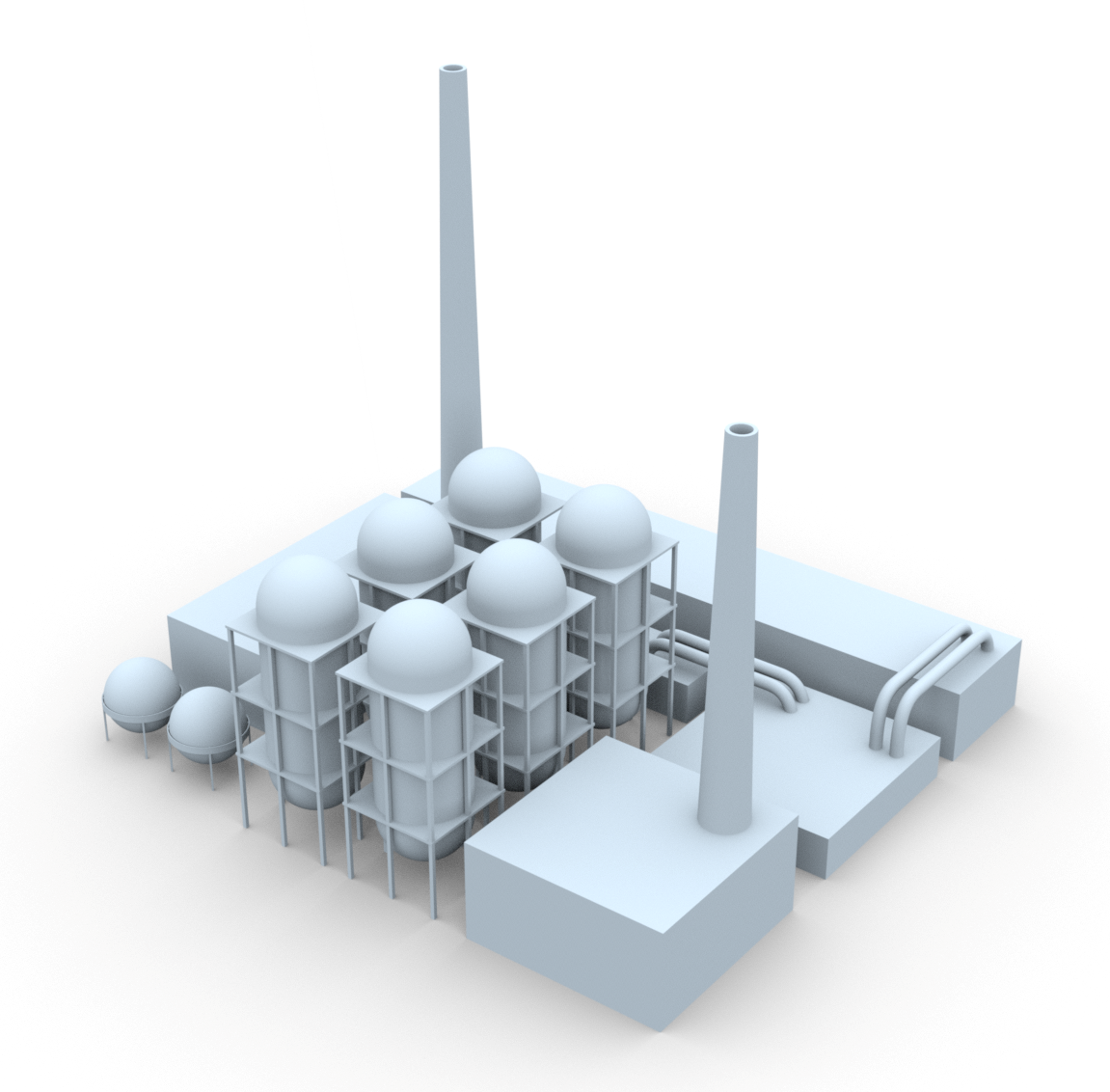Difference between revisions of "Industry"
| Line 59: | Line 59: | ||
For an optimal security policy all aspects of security should be coherently considered in the security strategy. This means that physical/procedural/organisational security measures should be coordinated with cyber/information security and personnel security. If this coordination is not assured, security gaps and overlaps can occur in the security regime, both of which can be detrimental to the level of security. |
For an optimal security policy all aspects of security should be coherently considered in the security strategy. This means that physical/procedural/organisational security measures should be coordinated with cyber/information security and personnel security. If this coordination is not assured, security gaps and overlaps can occur in the security regime, both of which can be detrimental to the level of security. |
||
| − | ==== The economic dimension of security measures for industrial areas/objects ==== |
||
| − | *Under construction |
||
| − | Apart from the more traditional security measures such as policing, alarm systems, surveillance and regulatory bodies, the ‘designing out’ approach in the earliest stages in the planning process can be an effective measure to prevent security threats and reduce the economical damage. |
||
{{references}} |
{{references}} |
||
Revision as of 12:48, 12 February 2013
An industrial unit is an urban object that accommodates employment and economic activity in the processing of raw materials and in manufacturing, for the creation of goods.
Contents
Description
Industry, an economic activity that consists of manufacturing goods and the processing of raw materials, can be broadly considered to encompass the following three archetypes:
| Industry type | Description | Icon |
|---|---|---|
| Heavy Industry | Land and premises associated with heavy industrial activities, such as manufacturing or processing. Heavy industry is usually planned and developed away from the urban area where there is a high residential component. |  |
| Light Industry | Industrial activities that are more labour intensive and less capital intensive than the above. The output is typically an end-product, of smaller consumer goods. Light industry is typically cleaner and less impacting on the physical and natural environment, and there is less restiction on its establishment close to residential areas in the urban environment. |  |
| Warehousing | Usually large buildings for the commercial storage of both raw materials and manufactured goods prior to distribution to retailers, etc. |  |
Industrial employment ![]() activities are most frequently located away from town and city centres (often in so-called industrial estates or business/commercial parks), in accordance with the zoning provisions of the relevant development plan. The character of such areas is generally single use, with little or no retail activities or residential land uses occurring within them (apart from those necessary to serve employees). This often means that they are largely unoccupied outside of normal working hours, which can raise security issues. The large footprint of the buildings required to house many industrial activities can also mean that there are significant areas that do not feature any form of passive surveillance. Warehousing
activities are most frequently located away from town and city centres (often in so-called industrial estates or business/commercial parks), in accordance with the zoning provisions of the relevant development plan. The character of such areas is generally single use, with little or no retail activities or residential land uses occurring within them (apart from those necessary to serve employees). This often means that they are largely unoccupied outside of normal working hours, which can raise security issues. The large footprint of the buildings required to house many industrial activities can also mean that there are significant areas that do not feature any form of passive surveillance. Warehousing ![]() and storage facilities would share many of the same characteristics of industrial employment activities, given that they are usually large buildings for the commercial storage of both raw materials and manufactured goods prior to distribution to retailers, etc.
and storage facilities would share many of the same characteristics of industrial employment activities, given that they are usually large buildings for the commercial storage of both raw materials and manufactured goods prior to distribution to retailers, etc.
In the text below, any of the icons in the above table will be used whenever an observation is specific to heavy industry, light industry or warehousing urban objects.
Functions
Social
One of the key social functions of office employment is in the provision of employment for urban citizens.
Economic
Industry areas accommodate economic activity that consists of manufacturing goods and the processing of raw materials (i.e. industrial activities). Today, industry plays a major role in most Western societies, and is an important source of economic activities, generating economic impact both as a facilitator of economic activities, and as an urban development project[1].
Industrial objects are subject to both fanatics (terrorists or other types of fanatics) and unlawful intrusion (burglary). These events cause economic effects in terms of anticipation (e.g. security locks, surveillance, etc.), as a consequence of crime/terrorism (e.g. loss of valuable property), and in response to crime/terrorism (police investigation, legal system, war on terrorism, etc.). Crime and terrorism also generate secondary economic effect on other parts of the local/regional economy.
Apart from the more traditional security measures such as policing, alarm systems, surveillance and regulatory bodies, the ‘designing out’ or 'sustainable design' approach in the earliest stages in the planning process, can be in the long run an effective measure from an economic point of view to prevent security threats and reduce the economical damage[2].
Mobility
The peripheral location of many industrial facilities will often dictate their mobility requirements; they will frequently generate a significant amount of congestion as people may not have the same public transport mode availability of employees working in more central or well served locations.
Safety
Specific safety issues of industrial venues arise when:
- the object can be potentially harmful to humans (such as chemical plants, oil/gas refineries and storages, nuclear plants, etcetera)
- the object provides an essential service to the well-being of humans and belongs to the critical infrastructure. In this case, its failure can bring harm to the people.
Security Issues
Security issues associated with industrial objects, are amongst others related with the fact that it can be an attractive object for fanatics. This is due to the potential of some industrial objects to magnify the effect of an attack. This happens when an object has one of the above mentioned safety issues associated with it. Also, industrial objects often store goods that might be perceived as valuables. This makes these kinds of urban objects vulnerable for the following security issues:
- Security issue: Burglary
- Security issue: Destruction by fanatics
- Security issue: Mass killing (indirectly, by destruction of an industrial object that will become a hazard for its surroundings)
Measures
The measures for each type of security issue can be found on the respective pages. There are few measures they are specifically suited or unsuited to this kind of urban object, but some general considerations can be mentioned:
As offices are closed (non public) areas, the flows in and out the area can be strictly controlled if needed.
- Ownership is required for the public to be aware to enter private space and know to act accordingly.
- Access control is closely related to ownership and one of the most rudimentary measures as it ensures the possibility to determine who does and who does not get access to the premise. It is usually enforced by having a dynamic gate (for vehicles, pedestrians, bicyclists, etc.) with a guard at hand or electronically present.
- Screening is a measure that can be employed supporting access control. By screening your visitors, a more rigid access control can be enforced.
- Directing traffic flows can be employed to ensure only the expected kind of traffic enters via the entrances. Examples of directing traffic flows for industry locations are fences around the premises, creating separate routes for visitors and delivery, creating separate entrances for trusted visitors and personnel or creating low passages to separate passenger cars from trucks.
- Target hardening can greatly increase the effort needed for criminals to enter the object and thereby reduce the attractiveness of an object. Target hardening is especially effective in combination with detection measures, such as alarms or surveillance and reaction force. The object of target hardening is to delay the crime long enough to be detected and intervened upon by a reaction force. A target which - in the perception of the criminal - is hardened to a level that entry is not likely before detection and intervention, is not attractive.
- Surveillance can be effective against security issues, but can incur high costs if implemented as dedicated observers, either on location or remote. A more natural form of surveillance is surveillance by the inhabitants (also known as 'natural surveillance'), provided that the commercial area is inhabited and the inhabitants have a good surveillability.
- Reaction force is needed to make detection measures, such as alarms or surveillance effective.
For an optimal security policy all aspects of security should be coherently considered in the security strategy. This means that physical/procedural/organisational security measures should be coordinated with cyber/information security and personnel security. If this coordination is not assured, security gaps and overlaps can occur in the security regime, both of which can be detrimental to the level of security.
Footnotes and references
- ↑ Industrial area development creates direct construction activity (primary economic impact, including planning professionals, commercial real estate agents, attorneys, designers, marketing, landscaping, etc.). The secondary impact of construction generates business for a variety of business types such as insurance companies, cleaning services, park management providers, etc. On the long term, industrial employment creates local jobs, income and taxes generated by the consumption and other spending of industrial terrain users (e.g. local consumption by employees, the generation of spin-offs, clustering of related industries such as suppliers, etc.).
- ↑ In general, these measures demand larger investments than traditional security measures, but at the same time they are able to avoid future costs due to the long-term prevention of crime.